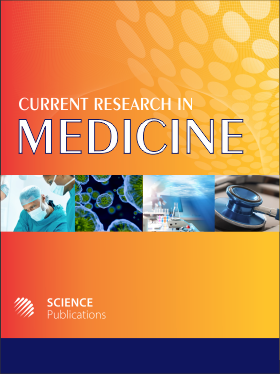Comparative Analysis of UGT1A9 Genetic Polymorphisms between Chinese Han and Tibetan Populations
- 1 Northwest University, China
- 2 Qinghai Hospital of Traditional Chinese Medicine, China
Abstract
Although various polymorphisms have been identified in the UGT1A9 gene in the main sorts of ethnic groups in the world, no investigations have been focused on the Chinese Tibetan populations and the comparison between Chinese Tibetan and Han populations to date. This study was designed to systematically compare genetic differences between the two populations. We investigated the functional regions of UGT1A9 in 200 unrelated healthy Chinese volunteers, comprising 100 Tibetan and 100 Han individuals from Qinghai and Shaanxi, respectively, by using direct sequencing. A total of 21 different genetic variants, including 7 novel variants were identified. According to the results of comparative analysis, the allele frequencies of three common variants (-1888T>G, 95246T>C, 96292C>T) were significantly different between Tibetan and Han populations (p≤0.05). However, there were no differences of linkage disequilibrium patterns, haplotype structures and htSNPs between the two populations. UGT1A9*1b was the prevalent defective alleles in Chinese population. In addition, -1888T>G, -1819T>C, -441C>T affected the binding of transcriptional factors and four of the missense mutations (P361L, N397H, P448L and Y483D) were highly conserved among the three different species (Homo sapiens, Rattus norvegicus and Danio rerio). In short, there are significant differences of genetic information of UGT1A9 between Chinese Tibetan and Han populations. The determined genetic information of UGT1A9 in Chinese Tibetan and Han populations might serve as a baseline for larger studies on pharmacogenomics and also provide important data for the advance of personalized medicine in Chinese Han and Tibetan populations.
DOI: https://doi.org/10.3844/amjsp.2012.194.202

- 4,380 Views
- 2,878 Downloads
- 1 Citations
Download
Keywords
- Tibetan
- haplotype
- LD
- polymorphism
- UGT1A9
